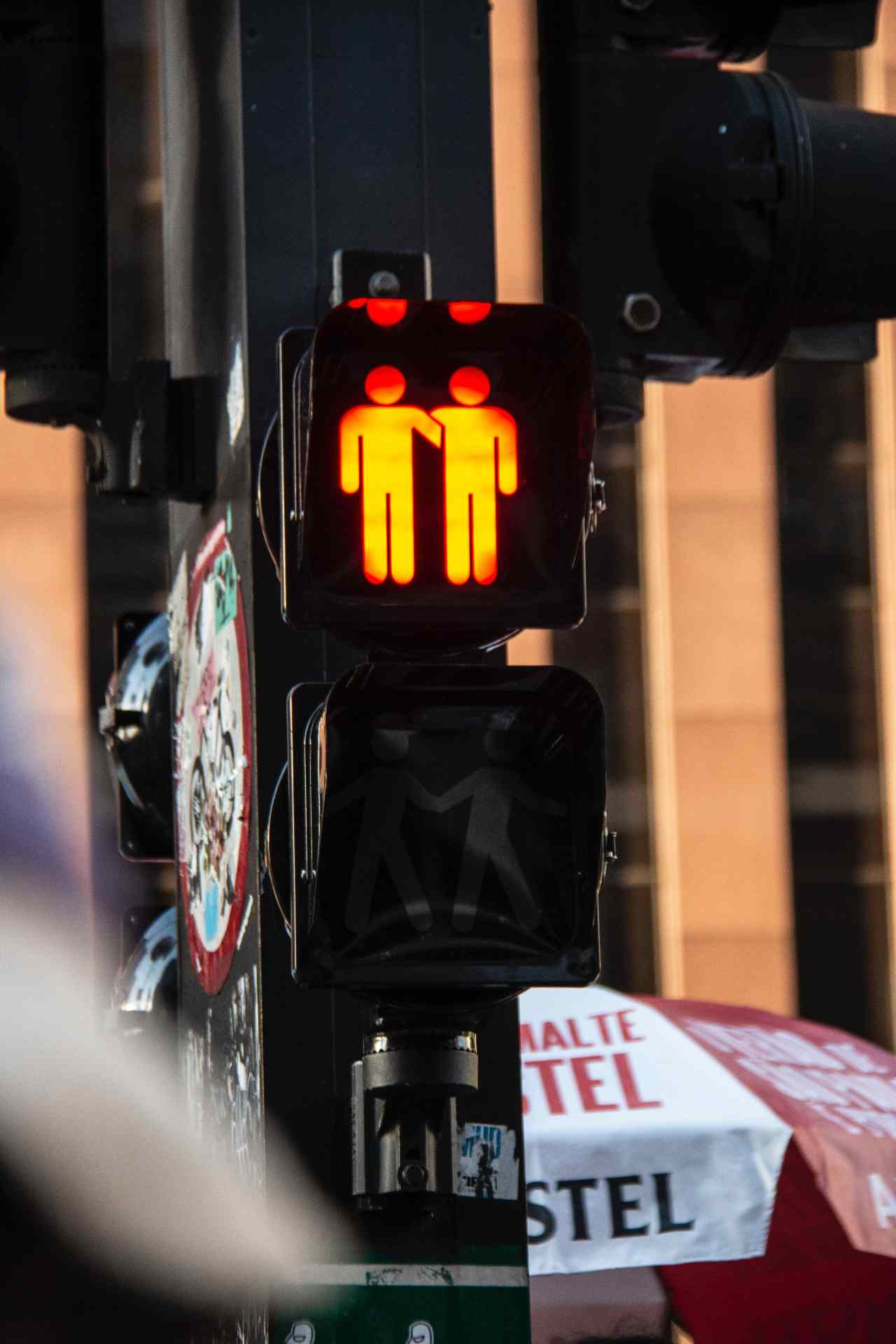However, it is not only face-to-face intrusions that are intense and difficult to decline, but also virtual intrusions. A clear example is time hunger, and with it an extra sense of pressure, fatigue, and stress.
“Intrusions threaten a resource we all value highly – time.
In general, empirical evidence reveals that intrusions reduce productivity, the quality of the main task, as well as increase the error rate in the tasks performed. At the same time, not all intrusions have the same weight, it’s essential to think about how far away the completion of the initial task is, the mental or physical state in which the interrupted person is, as well as the frequency of previous intrusions.
Interruptions at work: distractions.
A second type of interruption is distraction. In this case we understand distractions as diverted attention (intentional or unintentional, conscious or not) that takes us away from the main task. Sometimes it is caused by external stimuli (voices or noises), sometimes by internal stimuli (thoughts and emotions).
To be more specific, Leroy and his colleagues distinguish two types of distractions: temptations and interferences. Temptations are defined as personal openness to other, non-mainstream attentions. An example might be looking at WhatsApp or the need to have a new coffee when we’ve just had one. In short, temptations are distractions that emerge as appetising.
Interference, on the other hand, may be those internal or external stimuli (noise or thought) that are not necessarily desirable, but which take us away from the initial task, representing, in the authors’ words, a failure in our attentional control system.
Distractions, in general, are also related to increased stress, reduced job satisfaction, and a decrease in our perceived productivity and psychological well-being. On the road, many accidents are caused by distractions, whether due to being alerted by a text message on a mobile phone, or looking out of lane. In the organisational world, distractions also seem to have negative implications.
Breaks
A third type of interruptions are pauses. Sometimes they’re voluntary, sometimes involuntary, sometimes structured (lunch breaks), sometimes unstructured. Some are very short (micro-breaks) and some are long (summer holidays). In any case, breaks are an opportunity to regain energy and maintain the resources needed to keep going.
The starting point is always that energy is limited and the pause facilitates the recovery of that energy. In general, this form of interruption, unlike intrusions and distractions, is positively related to most indicators: reduced exhaustion, increased satisfaction and increased vitality.

